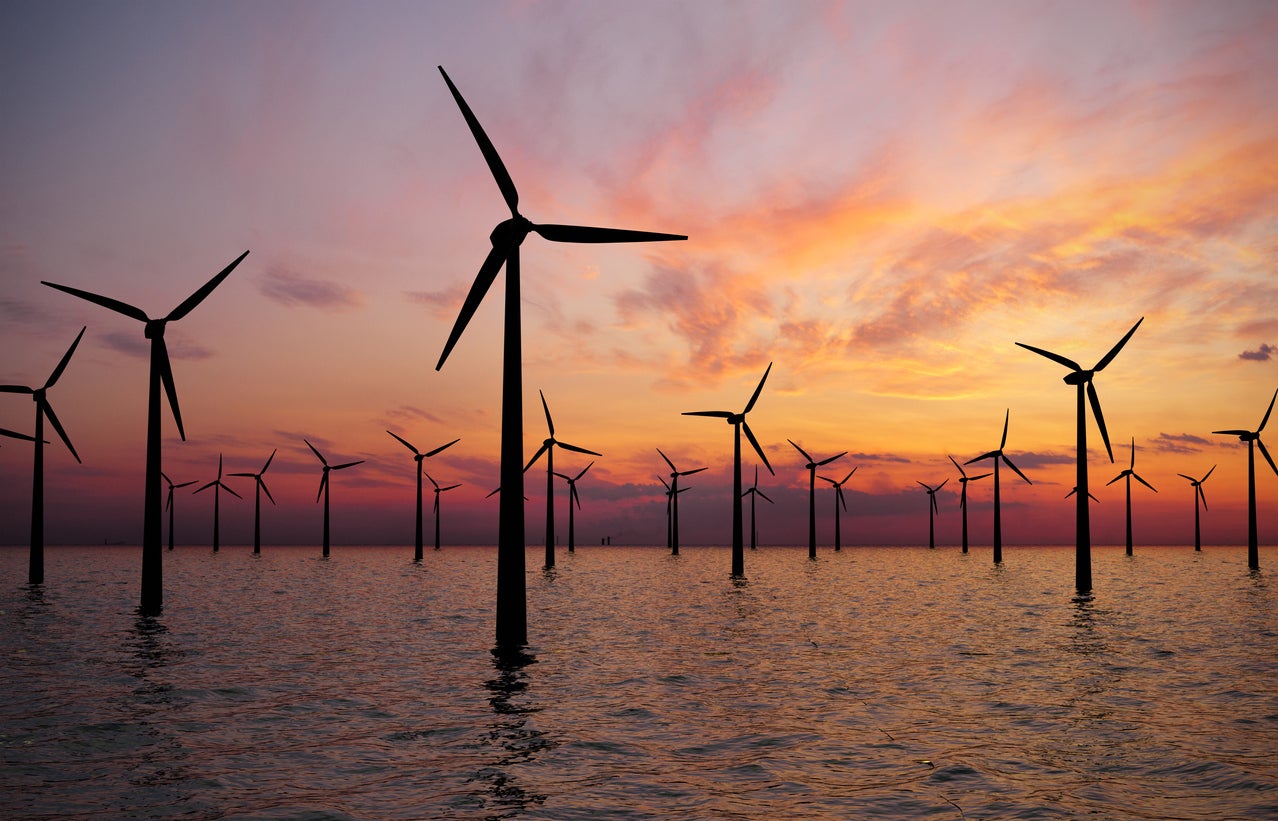Assessment of Large-Scale Offshore Wind Farm Effects and Their Implications for Maritime Spatial Planning
European-American Collaboration in Wind Energy Seminar Series

8:00 – 9:00 am MDT
Abstract:
The Ostend declaration foresees the North Sea as Europe’s Green power plant and has therefore set ambitious targets for offshore wind of 120 GW by 2030 and 300 GW by 2050. As such, areas like the German Bight will in the future see the highest capacity densities in the world. To this end, there has been a history of research on the interaction between atmosphere and wind farms and, more recently, projects on mitigation strategies. This presentation will outline past, recently completed and ongoing research activities assessing the interaction of large-scale wake effects with the atmospheric boundary layer, focusing on the German Bight. Results from scanning-lidar and airborne measurement campaigns and wind farm production data used to improve and validate mesoscale and engineering models will be presented.
Moreover, the main results of the X-Wakes project will be summarized with a special attention to the implications of large-scale wake effects for maritime spatial planning. The webinar will conclude with a discussion on how to mitigate those large-scale effects in the future.
Dr. Martin Dörenkämper
Dr. Martin Dörenkämper
Dr. Dörenkämper is heading the group Numerical Yield and Site Assessment at the Fraunhofer Institute for Wind Energy Systems in Oldenburg, Germany. Dr. Dörenkämper has a PhD in energy meteorology and physics from the University of Oldenburg/ForWind and a M.Sc. degree in meteorology. Since more than ten years Dörenkämper’s research focusses on the interaction of the atmospheric boundary with (large-scale) offshore wind farm deployment.
Until last year he has led the X-Wakes research project funded by the Ministry of Economic Affairs and Climate Action that focussed on model developments and providing large validation datasets for large-scale wake effects. He is currently coordinating the follow-up project Controlled Cluster Wakes on large-scale wake effect mitigation. In addition, he is involved in the Horizon Europe project FLOW. Currently, his group is supporting the German authorities in updating the area development plans of the German Bight. As part of Fraunhofer's activity as the largest institution for applied research in Europe, Dörenkämper’s group is also active in several industry projects, leading to a strong transfer of research results to applications.